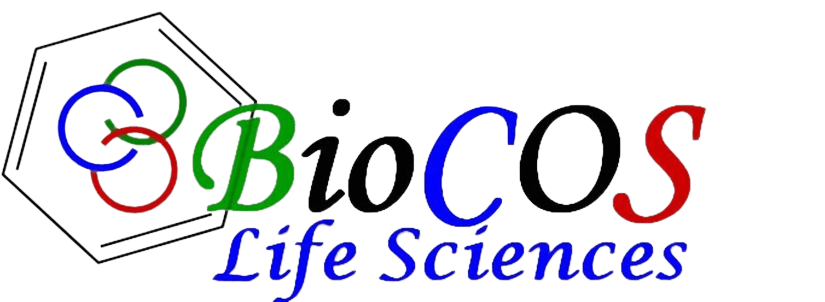
Take a look at what we have done so far and what our customers say about us.
We engage in collaborations with various academic and commercial partners as part of ongoing research consortia and training networks.
Our clientele spans diverse fields, yet they all have a common requirement
for computational solutions
to boost their research and publication productivity.
Explore the icons to discover how we've supported our customers.

Principal scientist Jaana Peippo and Senior Scientist Heli Lindeberg from the Natural Resources Institute Finland (Luke) study assisted reproductive technologies in animals. Together, they worked on Luke’s Terve Tiineys (Healthy Pregnancy) -project to compare pregnancies in heifers and cows impregnated either by artificial insemination (control group), by MOET (multiple ovulation embryo transfer) or OPU (ovum pick up) embryos, and to study whether closer monitoring during pregnancy could enhance the wellbeing of the pregnant cows and their offspring
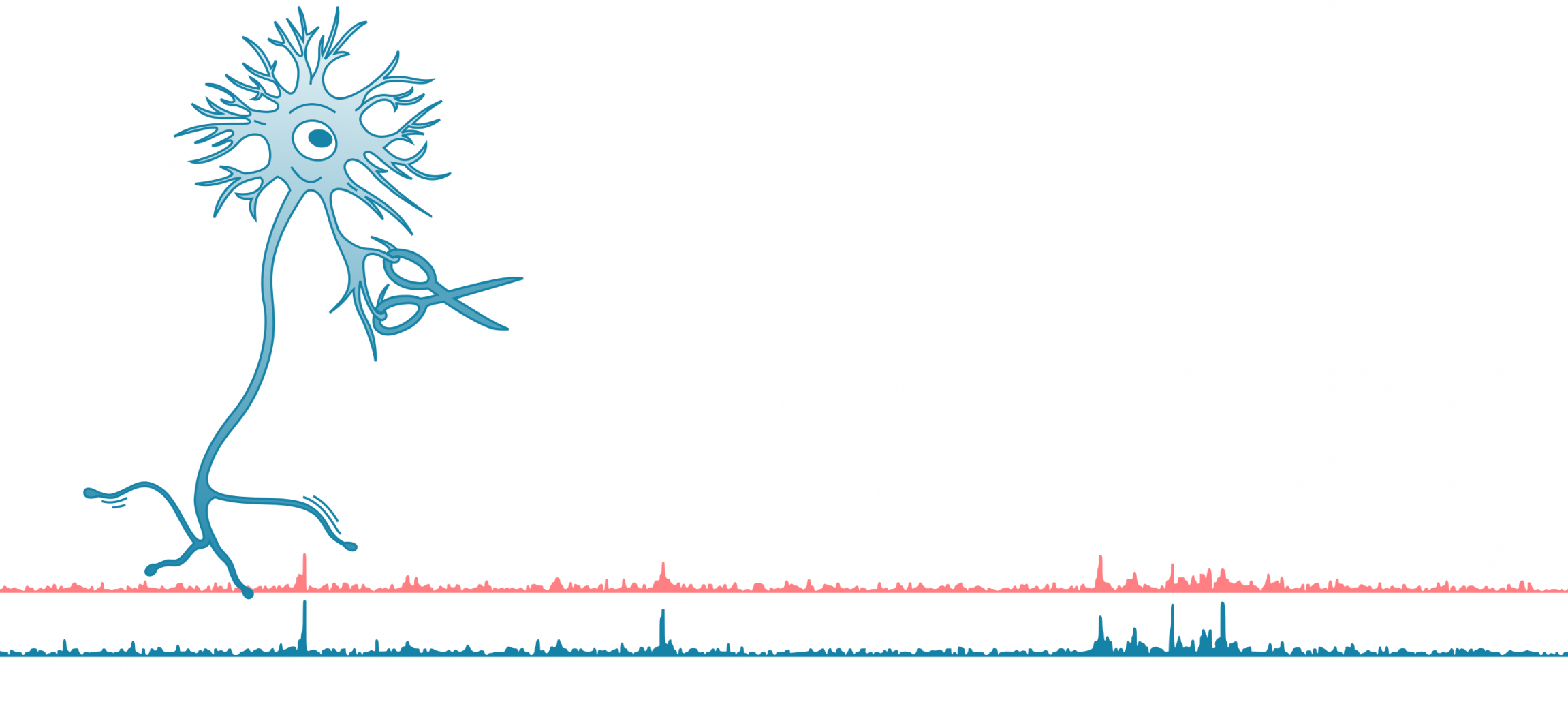
Dr. Christoph Wiegreffe is a senior scientist in the Department of Molecular and Cellular Anatomy at Ulm University. He studies early cortical development, and the role that certain transcription factors (TFs) play in it. In this research, Dr. Wiegreffe’s group routinely uses knock-out mouse models and various NGS assays.
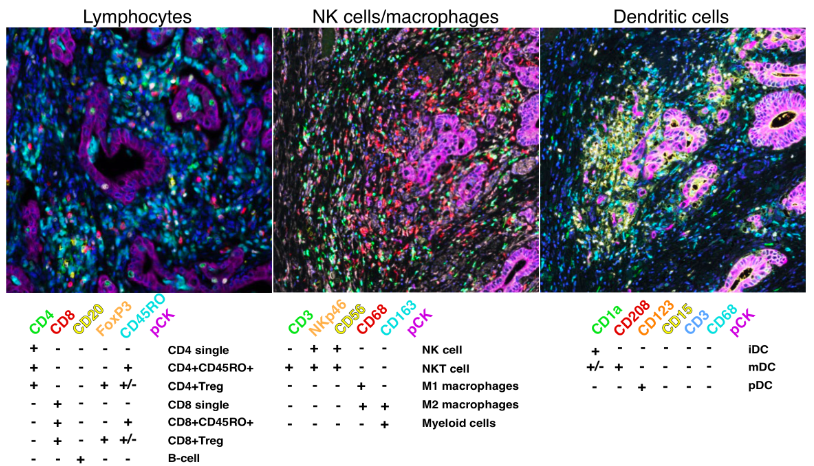
Dr. Artur Mezheyeuski is a pathologist at Uppsala University, a founder of HistoOne AB, and a senior researcher involved in several cancer research groups. Genevia Technologies helped Dr. Mezheyeuski in coming up with a new approach to applying thresholding in multiplex immunofluorescence data.
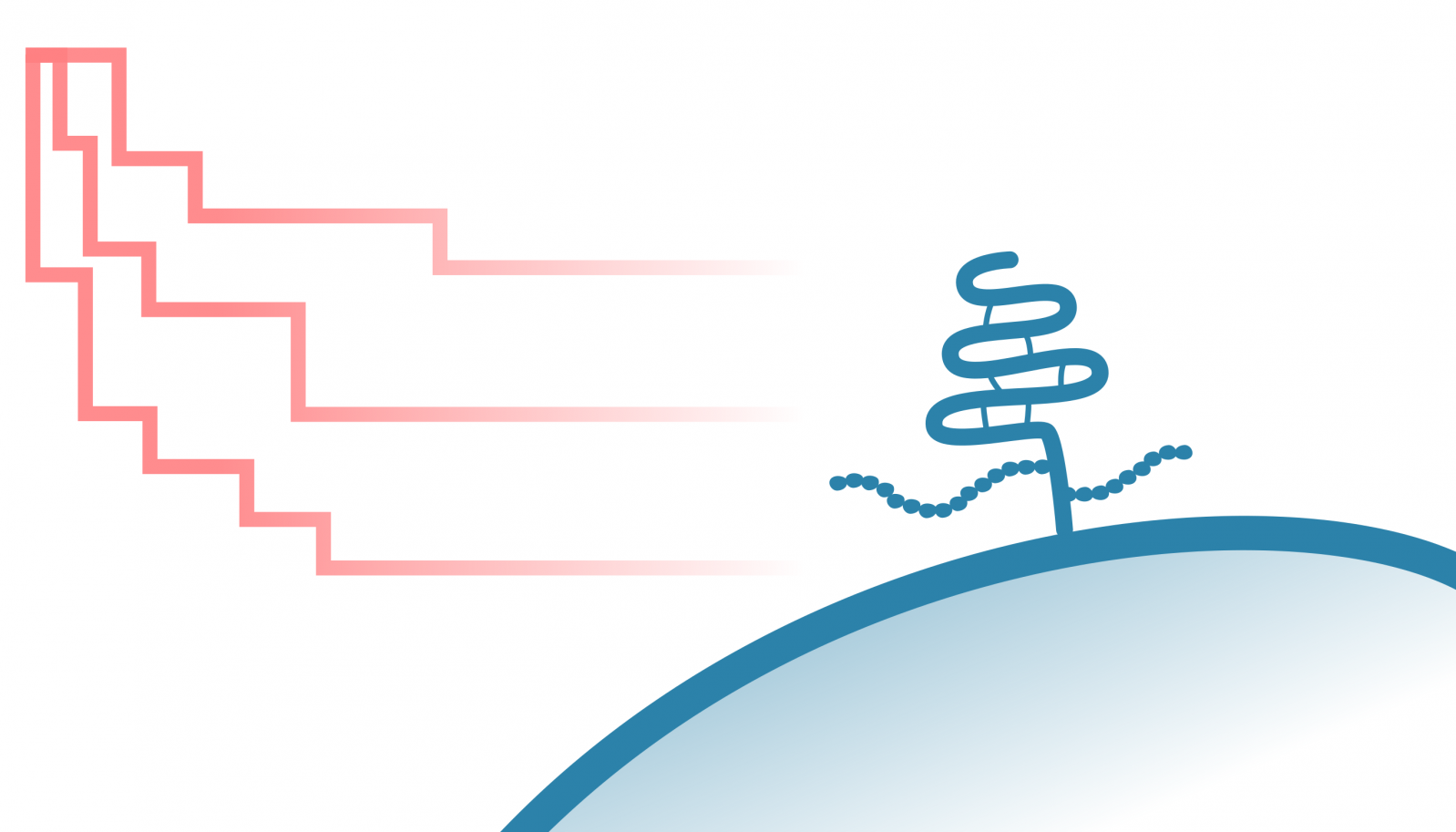
Glypicans are a group of proteoglycans, macromolecules consisting of a core protein and attached carbohydrate chains. We interviewed our customer who studies glypicans’ involvement in cancer and neurodegenerative disease, and their potential as diagnostic or prognostic markers. The Genevia team is helping her to take advantage of cancer databases in her research.
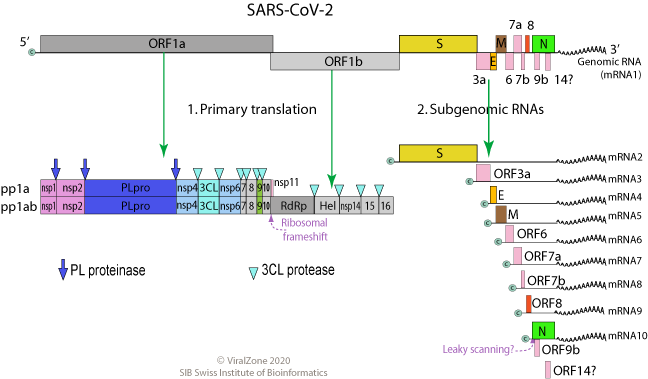
A SARSCoV2/COVID19 case study has been developed that allows students to align the genomes of 4 different coronaviruses to identify potential origins of the virus. It helped to think critically about how an RNA viral genome may have different implications than a DNA viral genome, or why mutations in the surface glycoprotein may have big impacts on viral transmission and immunity.


